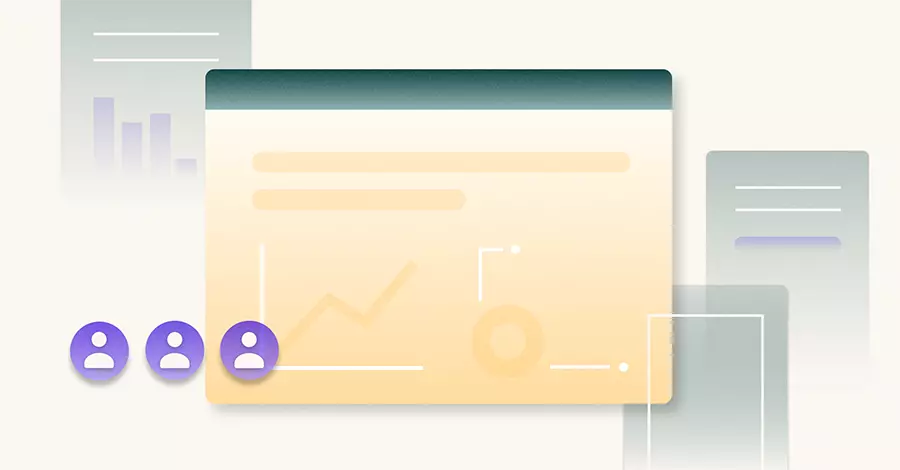Having a discernible plan can go a long way when starting any project. A construction project management plan creates well-defined objectives, organizes tasks, and provides guidance and direction towards an achievable goal. Here’s what we define as a project plan and how to start putting one together.
Table of Contents
What is a construction project plan?
A construction project plan is a series of documentation that details a construction project’s requirements for completion, including its schedule, expected budget, resources needed, and any knowledge transfer necessary to get the job done. Especially for larger and more complex projects, a plan is crucial to not only determine whether a project is possible, but to develop a roadmap that aligns with its main goals.
A plan, in other words, ensures proper resource management and adherence to a given timeline. The more detailed a plan, the more likely the project will succeed due to extensive forethought in addressing and accounting for possible issues before they occur. Project managers may find the most use in drafting and following a construction plan, as it can function as a guidebook to help them oversee construction projects.
What does a construction project management plan include?
Here’s a construction project management plan example with what you’ll typically see included.
Project breadth
This document includes an overall summary of what the project encompasses, as well as how you plan on approaching it. Along with the project’s core features and objectives, this section should establish an anticipated timeline, including when activities are expected to be completed.
Design and budgeting information
The design portion should include any example photographs, computer-generated images, 3D models, and blueprints illustrating the building’s exterior and layout.
The building’s design (along with resource information) will allow you to estimate costs and accurately devise a comprehensive project budget. From there, you can subtract costs from the expected amount of revenue generated from the building, which will likely be of particular interest to stakeholders.
Allocated resources and tasks
Once resources (such as labor, materials, tools, and equipment) have been decided on, it’s important to then indicate how they’ll be allocated.
Ensure you’re documenting assigned tasks with an expectation for the deliverables to be finished on time. Dividing the construction project plan into smaller segments and breaking down work to be completed by contractors can make complex projects more manageable—it also allows project managers to track progress sufficiently.
Teams and people involved
After teams have been solidified, list all members involved in a dedicated section. Construction projects, especially larger ones, often involve multiple crews and contractor groups working in tandem, making awareness, cross-channel communication, and coordination all the more important for the project’s success.
Include, also, the project’s key stakeholders and sponsors, as well as anyone providing funding to the project.
How to create a construction project management plan
Knowing what goes into a project management plan example in construction, you may be wondering, then, how to start drafting one. Here are the steps involved in creating a plan.
1. Identify and describe the potential project
It helps to first ask yourself the following questions:
- What is the purpose of the project? What’s the result of completing it?
- Is the project worth investing time and resources into relative to its payoff?
- What procedures will you use to carry the project through?
- Who are the main stakeholders, and who will be affected the most by changes in the project? Are they customers, a board of directors, investors, etc.?
Laying down initial reasoning and methodology will help inform the next few steps in drafting a plan.
2. Outline the plan
With a goal in mind, you can then start developing an outline with the project’s main elements. Here’s what you should include in your construction project management plan:
- Team specifics – Include who will be responsible for leading the project, the members of each team, and the subcontractors and tradespeople hired.
- Budgeting information – Incorporate, for example, the initial financial investment by stakeholders. Specify the amount of resources and people needed, including total estimated costs.
- A timeline and schedule with goals – The schedule should include the amount of time it will take to acquire resources, complete tasks, and go over the quality of deliverables. Developing a realistic timeline is key—considering possible delays and adding in slack time may help in the long run.
This initial outline should include as much detail as possible.
3. Get feedback
Sharing the construction project plan with your team and receiving feedback from a fresh set of eyes can help you identify possible issues that you may have otherwise missed. Communicating with your team will ensure that the plan will be properly implemented and enforced. Now is the time to explain the project’s details in depth and establish responsibilities, work out and resolve potential concerns.
4. Finalize your plan
Once your team has approved the plan, finalize it, including a section acknowledging potential issues that may arise during construction and how they’ll be dealt with. This demonstrates due diligence and proactiveness.
Roles should be assigned by this phase so stakeholders know who to contact for questions and concerns.
Implement construction project plans effortlessly with Bridgit
After a construction project management plan has been established, adhering to it and keeping track of its progress throughout the project’s lifecycle can be a mighty task. Construction management, after all, involves dealing with multiple groups of people and nearly hundreds of tasks, so how can you improve organization and coordination?
Construction project management software assists with executing your plan through improved labor and resource management, reducing waste by optimizing capital to save you time and money.
Bridgit Bench is an all-in-one project management solution that helps you plan and track your workforce and their assigned tasks. With an organizational dashboard, monitor certifications and contract stages for unparalleled transparency.
Make faster decisions based on accurate, up-to-date information today by choosing Bridgit!


